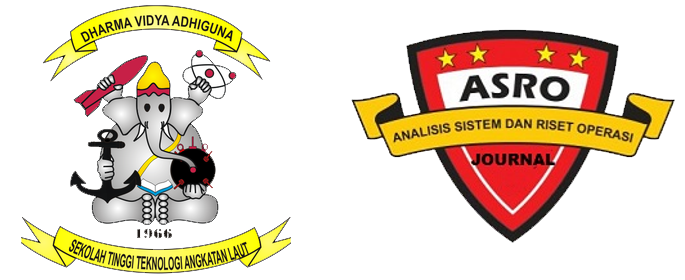REGIONAL PORT DEVELOPMENT STRATEGIES: A CASE STUDY OF BRANTA PORT DEVELOPMENT
DOI:
https://doi.org/10.37875/asro.v11i1.187Keywords:
Location Quotient, forecasting, econometric method, Berth Occupancy RatioAbstract
Branta Port, located in Pamekasan Madura, is a connecting port area around Java Island and Madura Island. The port has an important role in logistics and supply chain activities as well as economic development in Indonesia, especially in Java and Madura. But the reality is Branta Port has some shortcomings in the port facilities to security sector. It based on the lack of regulation enforcement of the port management itself. The lack of renewal of the port master plan is also one of the obstacles to the port's poor performance. Therefore, with this research, it is expected to obtain a broad picture of the development strategy at the Branta Port. The methods are Location Quotient (LQ) & ships loading and discharge at port forecast using several forecasting analysis. The results show the ships call, loading and discharge flow at Branta Port have a fluctuating pattern follow the seasonal trends in salt production activities in Madura region. Where in 2039 (long-term) the loading and discharge flow at Branta Port is predicted to reach 380,927 tons which in 2018 amounted to 139,855 tons. The results of the port performance calculation are performed using port performance indicators called Berth Occupancy Ratio (BOR), where the BOR value from year to year to the long-term forecasting year (2039) is 22.08%, which is still below 40% for an additional indicates that the jetty is not busy according to UNCTAD criteria. Whereas the need for port facilities such as warehouses and stacking fields has increased. The development strategy focused on port facilities such as the berth length expansion from 100m to 186m, construction of port warehouses of 183m2, improvement of several port facilities such as navigation facilities and causeways, also the addition of port waste treatment facilities.
Keywords: Location Quotient, forecasting, econometric method, Berth Occupancy Ratio



